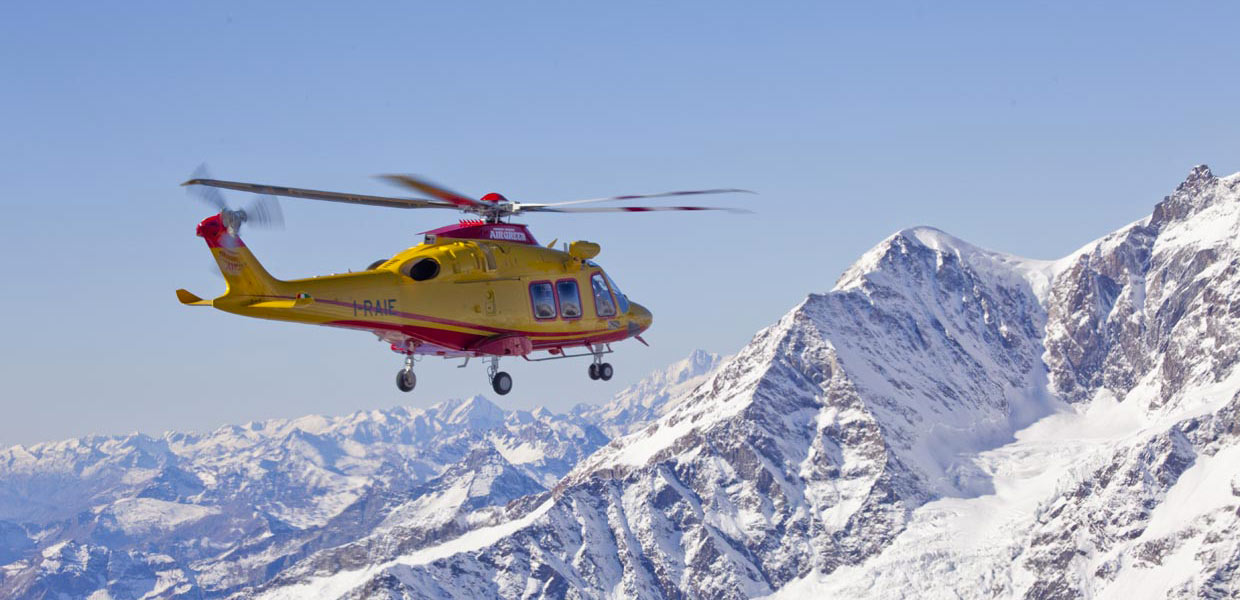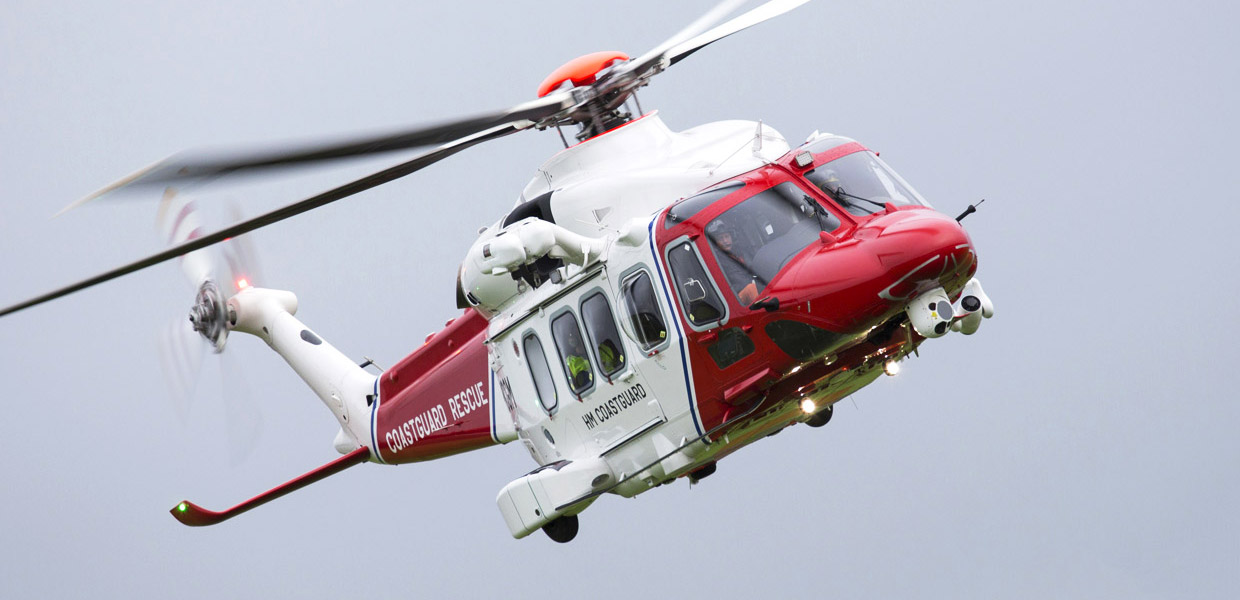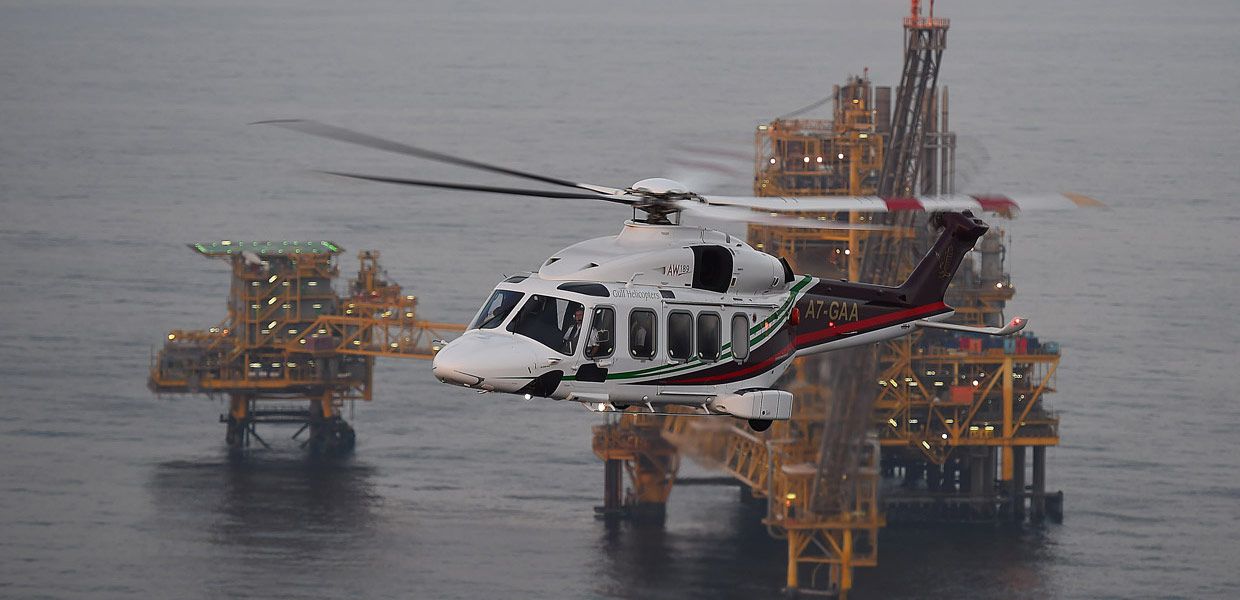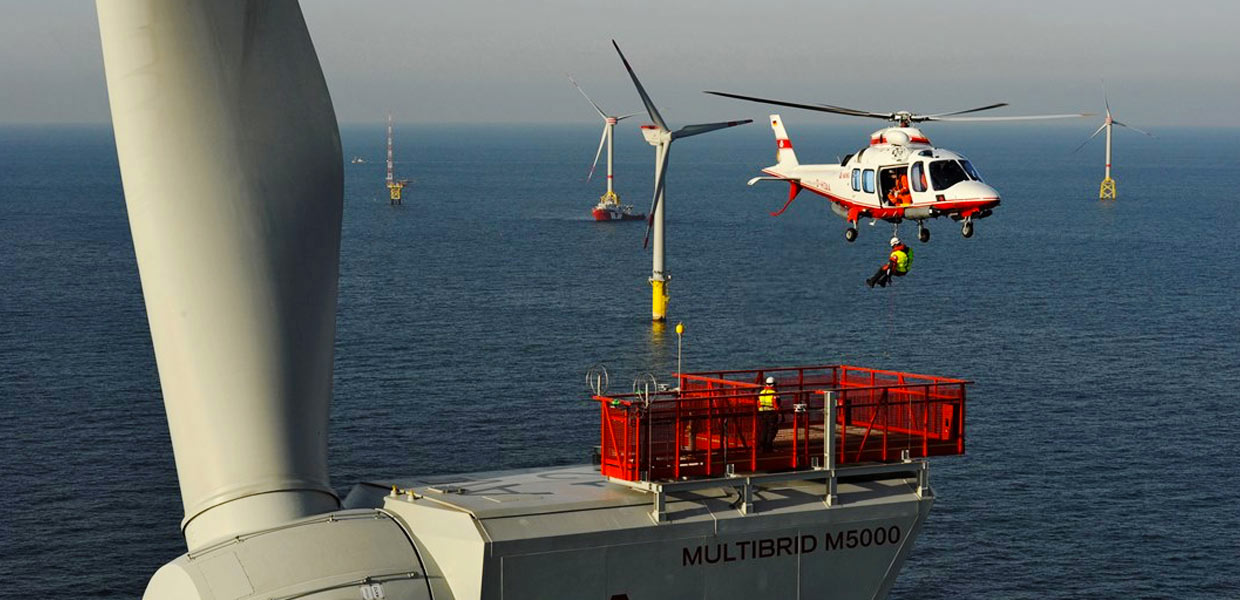NITROS Network for Innovative Training on Rotorcraft Safety
a Marie Skłodowska-Curie Action Joint European Doctorate on Rotorcraft Safety

About NITROS
Helicopters are currently used in important applications providing a valuable contribution to society and economic growth. Thanks to the operational flexibility of helicopters it is possible to accomplish complex missions.
Today, the service of helicopters includes, search and rescue, coastguard, firefighting, disaster relief, territorial control, monitoring and inspection, heavy-lift support to construction and other sectors, aerial filming and media support. In the future, helicopters and other vertical flight vehicles, like tilt-rotors, compound helicopters, hybrids and a rapidly expanding class of easy-to-fly vertical take-off personal vehicles, are expected to see widespread use, as means of transport, exploiting the formidable capability to provide point-to-point connections.
However, if the expansion of the usage of rotorcraft vehicles is to follow the pace of grow followed by the fixed-wing public transport in the last years, several issues need to be urgently addressed to increase the use and the public acceptance of rotorcraft. In particular, aspects related to complexity of the operations and safety are of primary importance, due to the fact that in the last 20 years helicopter accident rates, worldwide, remained unacceptably high, when compared to fixed-wing aircraft.
The complexity of the phenomena involved in rotorcraft flight calls for the training of engineers with a genuine multidisciplinary background.

Our mission
Train a new generation of “safety vaccinated” aerospace engineers
The goal of NITROS is to train a new generation of talented young aerospace engineers capable of developing innovative approaches in a unique cross-disciplinary research and training program encompassing Control Engineering, Computational Fluid Dynamics (CFD), Modelling and Simulation, Structural Dynamics and Human perception cognition and action, to address complex solutions for rotorcraft safety.
OBJECTIVE 1
Develop a detailed framework for rotorcraft modelling integrating rigid-body and aero-servo-elastic modelling features capable of dealing with structural or propulsion / mechanical system failures in rotorcraft.
OBJECTIVE 2
Understand how humans can safely and efficiently use and be interfaced with rotorcraft technology.
OBJECTIVE 3
Enhance the understanding of the unique and complex aerodynamic environment in which the rotorcraft are working, often in hostile conditions of wake encounter threats, undesirable interactions with obstacles, icing and, brownout conditions.
NITROS is expected to inject a “safety vaccination” approach in the rotorcraft engineering community by training a highly skilled network of young engineers capable of 1) understanding the fundamental complex phenomena characterizing rotorcraft and 2) taking considerable measures for improving actual standards of rotorcraft safety. Indeed, “Whatever progress the airplane might make, the helicopter will come to be taken up by the advanced students of aeronautics” and NITROS is centred on providing unique and outstanding cross-disciplinary research and training opportunities for talented young engineers.
The project is aligned with the European Union endeavour to reduce the rate of aviation accidents by tackling the critical aspects of technology developed for rotorcraft safety.
All these goals can be reached by exposing the young researches to a dynamic network composed by some of the most renewed European engineering schools and research centres working in the rotorcraft field along with industrial partners including rotorcraft manufacturers, operators and certification entities.

How it works
The Horizon 2020 Marie Skłodowska-Curie Action Joint European Doctorate NITROS projects will guide 12 Early Stage Researchers through a Double PhD program. The Consortium of Universities is composed by some of the most important players on rotorcraft engineering training and research at European level: Politecnico di Milano, Technische Universiteit Delft, University of Glasgow, University of Liverpool.
Training of ESRs is aimed at developing them as independent scientists, with high level in:
University technical lectures
Structured training will strengthen the knowledge of the fellows on fundamental subjects, exploiting lectures and laboratories offered by the university network
Training on transferable skills
The training of the fellows will enhance their ability to manage research and innovation, and support them to develop entrepreneurship. Generic skills like communication, time management and development of a professional profile are also emphasized and supported
Project Working Groups
Work in small teams. Training on: leadership, entrepreneurial capabilities, time management, organization skills, working to deadlines, decision making and motivating people through practical experience
Training Summer schools
Develop an up-to-date knowledge of the state of the art in all the underpinning technical areas
Webinars
Allow the ESRs to meet renewed experts in the field or rotorcraft design and sflight safety
Secondments to major industrial partners
Knowledge exchange and development of complementary skills
Open Workshops
Develop presentation, communication and team-work skills

Research projects
Each research program is focused on a problem that affects the safety of the current or innovative rotorcraft configurations. The possible implications of the problem in terms of manufacturing, operations and certification procedures will be thoroughly discussed with the industrial partners.
#1 SIMULATION AND PREVENTION OF ICE FORMATION AND SHEDDING ON ROTORCRAFT
#2 IN SERVICE HEALTH MONITORING FOR ROTORCRAFT STRUCTURES
#3 INNOVATIVE DESIGN FOR TILTROTOR COCKPIT FOR THE REDUCTION OF PILOT WORKLOAD
#4 ROBUST FLIGHT CONTROL OF ROTORCRAFT MANOEUVRES IMMERSED IN OBSTACLE’S TURBULENCE
#5 ROTORCRAFT WAKE MODELLING
#6 DEVELOPMENT OF THE PHASE AGGRESSION CRITERION FOR ADVERSE ROTORCRAFT PILOT COUPLING PREDICTION AND REAL-TIME DETECTION
#7 MITIGATION OF AIRWAKE HAZARDS
#8 MODELLING OF BROWN/WHITE-OUT
#9 ENHANCED HELICOPTER HANDLING QUALITIES THROUGH VIBRATORY LOADS EXPLORATION
#10 REVEALING ADVERSE ROTORCRAFT PILOT COUPLINGS INDUCED BY FLIGHT CONTROL SYSTEMS
#11 UNDERSTANDING THE USE OF AUTOMATION IN HELICOPTERS
#12 ALLEVIATING FLIGHT SIMULATOR NEGATIVE TRANSFERENCE FOR HELICOPTER OPERATIONS

List of partners
Universities
Politecnico di Milano
website
TU Delft
website
University of Liverpool
website
University of Glasgow
website
Politecnico di Milano
Established in 1863, PoliMI is one of the leading science and technology universities in Europe and it is the largest institute in Italy in Engineering, Architecture and Industrial Designs. Its premises are spread over 7 campuses for better interaction with local communities and private companies. The Department of Aerospace Science and Technology, (DAER) conducts research in a wide range of topics within the aerospace sciences, including rotorcraft, fixed wind and space related applications. The Department has over 100 members, researchers, collaborators, PhD students, technical and administrative staff. Fixed-wing aircraft and rotorcraft system modelling, analysis, simulation and testing represent a consolidated field of research for DAER, which has produced a long-standing collaboration with world-class aeronautical companies and the participation in several FP5, 6, 7 and CleanSky EU projects on fixed-wing aircraft and rotorcraft technologies.
TUDelft
Faculty of Aerospace Engineering is one of the largest (1700 students, 276 academic staff members) and top excellent aerospace engineering institutions worldwide, acknowledged by industry and accreditation boards (ranked 86 at the moment on top Academic Ranking of World Universities (ARWU).
University of Liverpool
The University of Liverpool is one of the UK’s leading research institutions with an annual turnover of £400 million, including £140 million for research. Liverpool is ranked in the top 1% of universities worldwide and is a member of the prestigious Russell Group, comprising the leading research universities in the UK. Within the School, we have risen steadily in the National Student Survey and, in the recent Guardian Subject League tables (2013) Mechanical Engineering is at position 17/54 in the UK. UOL has internationally leading research centres for engineering dynamics, engineering sustainability and materials & structures.The Flight Science and Technology (FS&T) Research Group at the University of Liverpool is internationally leading in the area of piloted flight simulation research with particular emphasis on rotorcraft operations in hash environments, handling qualities, simulation fidelity criteria and pilot-vehicle technologies.
University of Glasgow
Founded in 1451, the University of Glasgow (UOG) has a tradition of excellence as the fourth oldest university in the UK. It is a member of the elite Russell Group of leading UK research universities, a founding member of Universitas21, and a member of IRUN (International Research Universities Network), an international network of broad-based research universities. UOG has fostered the talents of seven Nobel laureates, Scotland’s first female medical graduates, and includes among its alumni, some of the world’s most renowned innovators, from scientist Lord Kelvin, economist Adam Smith, to the pioneer of television John Logie Baird. Ranked 51st in the world (QS World University Rankings 2013) and 17th in the UK, UOG is a world-leading research intensive institution, attracting scholars from more than 130 countries worldwide each year. The institution’s annual research income totals more than £177M, which places it in the UK’s top 10 earners for research. In recognition of its employment practices that specifically support the careers of women in science, technology, engineering, maths and medicine (STEMM) in higher education, UGLA has been awarded an Athena SWAN Institutional Bronze Award. The Institution also holds an ‘HR excellence in research’ award.
Industrial partners
Bristow
website
CAA Civil Aviation Authority
website
Eurocontrol
website
Leonardo divisione elicotteri
website
NLR Netherlands Aerospace Centre
website
Max Plank Institute for Biological Cybernetics
website

Renewable UK
website

Contact
Newsletter Sign Up

This project has received funding from the European Union’s H2020 research and innovation programme under the Marie Skłodowska-Curie grant agreement No 721920




















